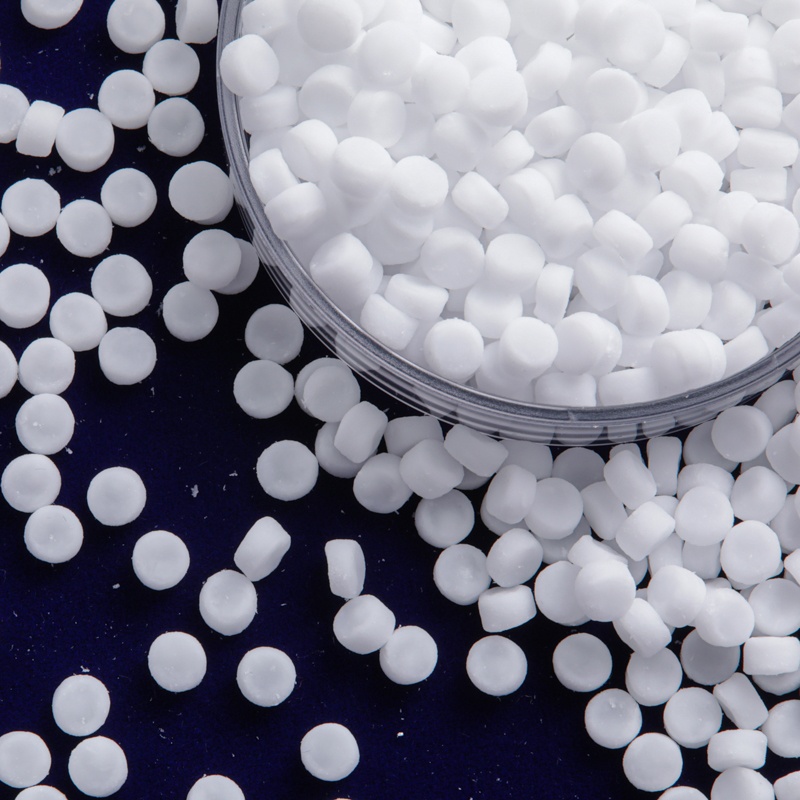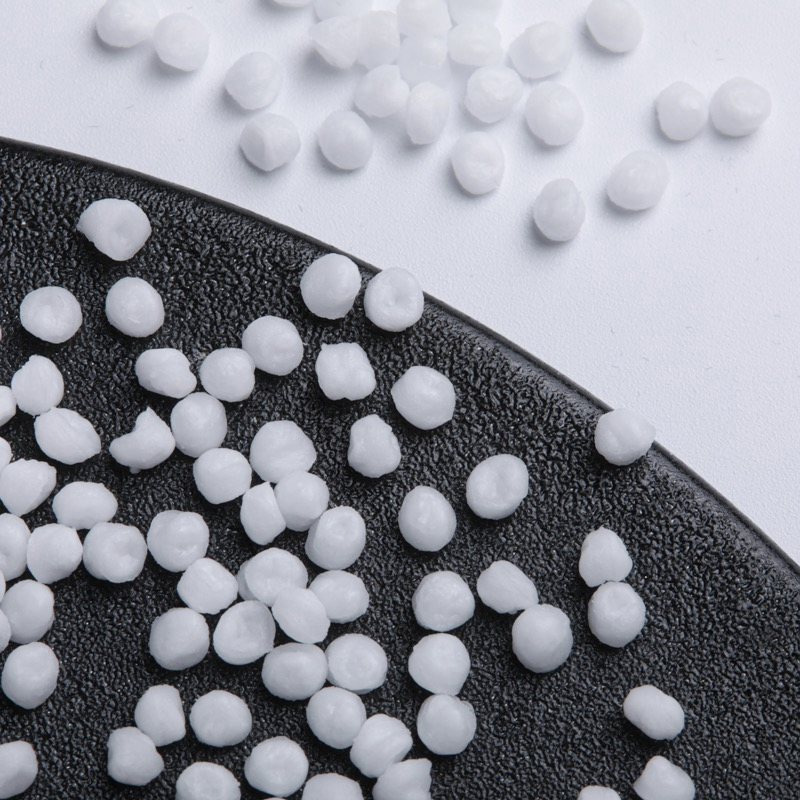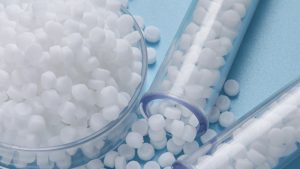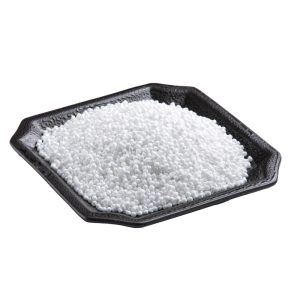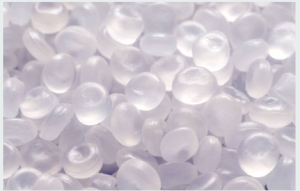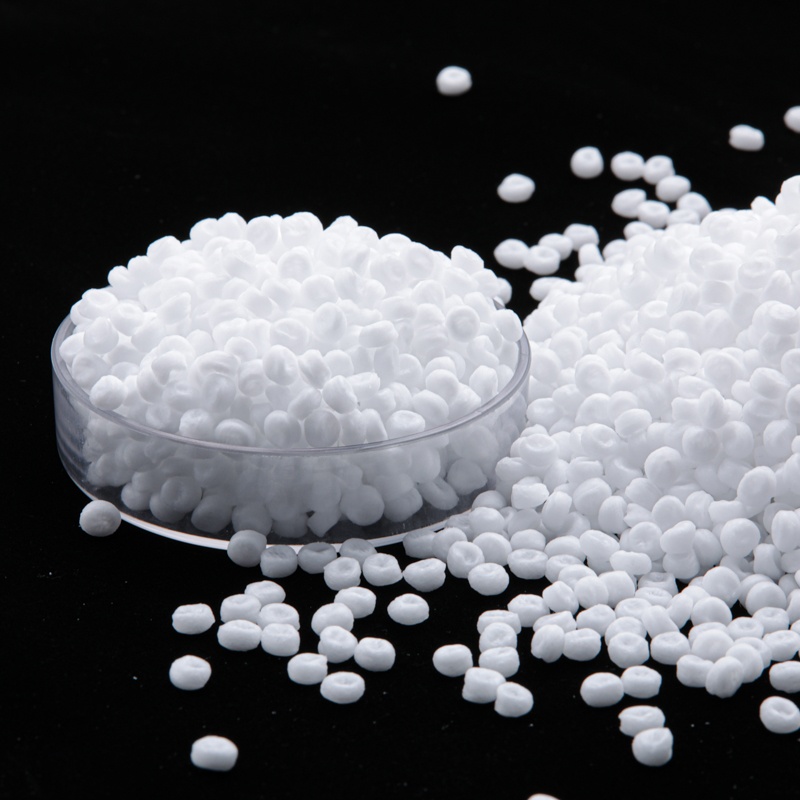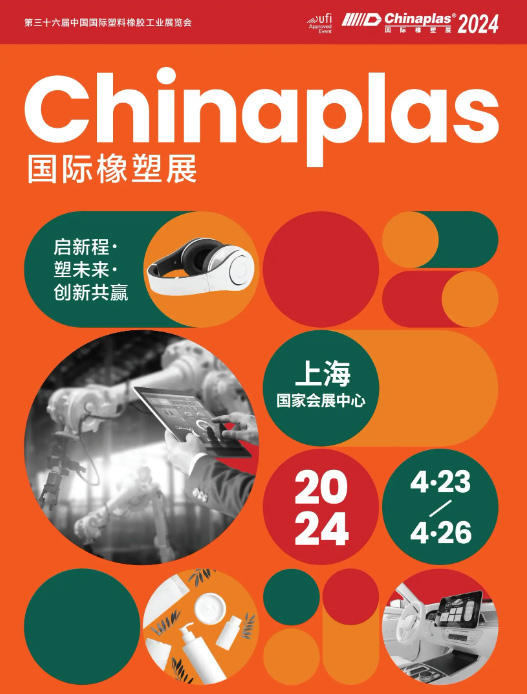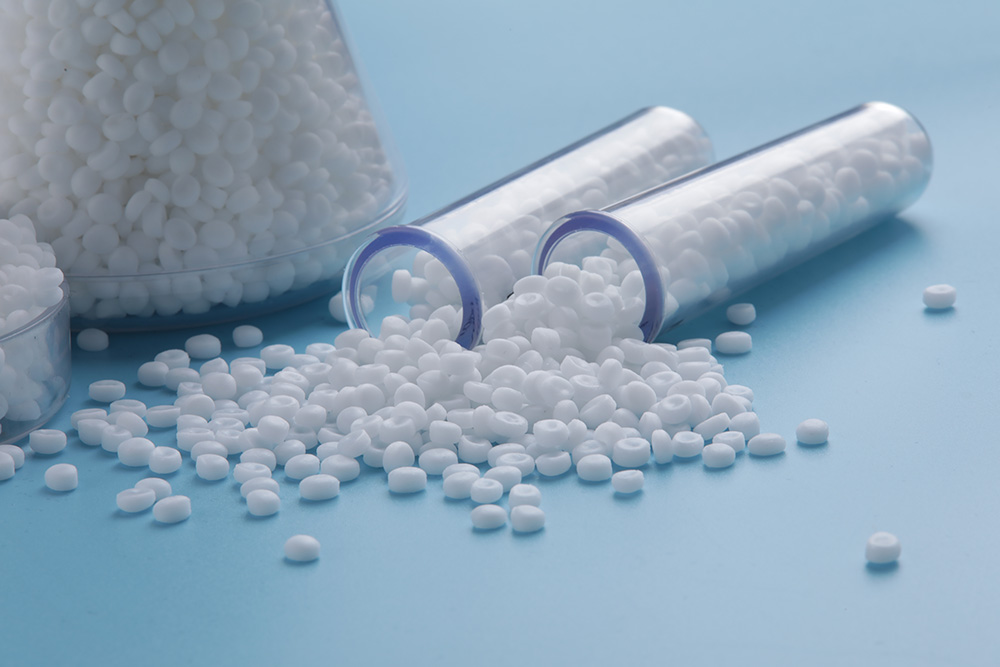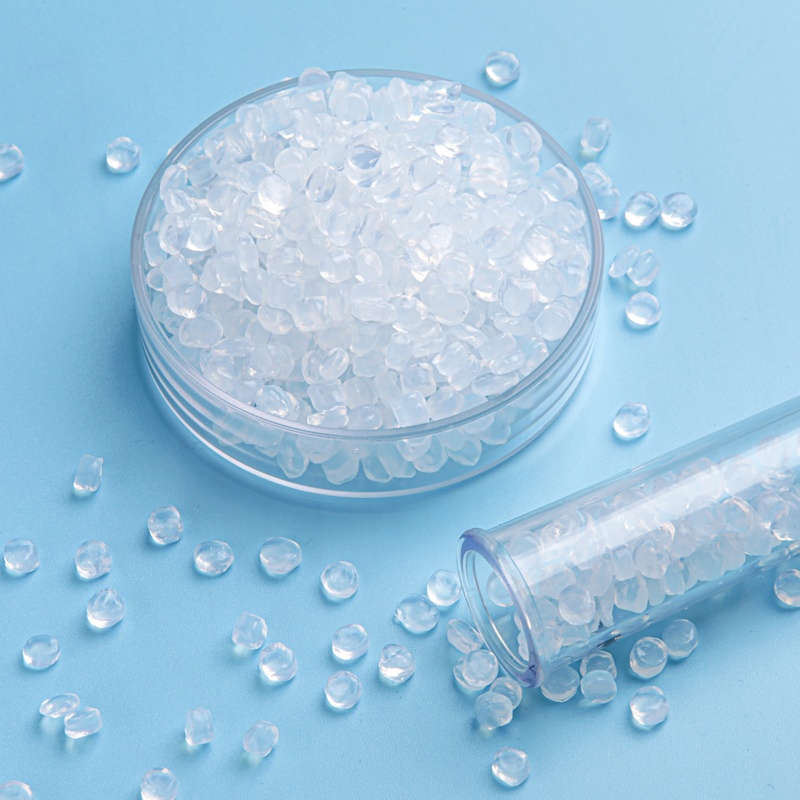1.PA6コンパウンドの説明とPA6コンパウンドシリコーンパウダーの使用方法
PA6コンパウンドマスターバッチは、特定のアプリケーションの要件を満たすために他のポリマーや添加剤とブレンドすることにより、ナイロンの特性を変更または最適化するために設計された重要な技術ツールです。以下は、PAコンパウンドマスターバッチの主な側面の一部です:
配合改質の目的PA6を他のポリマーと複合化することにより、各成分の性能を均等化し、互いの長所と短所を補い合い、人々のニーズに合った総合性能の優れた新しいタイプのナイロン複合材料を得ることができる。
ブレンドの改良により、PAの吸水性、低温脆性、寸法安定性、耐熱性、耐摩耗性を向上させることができ、さまざまな異なる用途に適用できる。
ブレンド改良の方法ブレンドとは、機械的ブレンド(例えば、ローラー、押出機、強力ミキサー)により、異なるポリマー溶媒を混合する物理的方法である。ブレンドは一般に多成分、多相系であり、その特性は含まれる成分の性質、形態、相界面の性質に依存する。
ブレンド改良の応用例:直鎖状低密度ポリエチレン(LLDPE)とのブレンド:ナイロンの吸水率、引張・曲げ強度を低下させることができる。
ポリプロピレン(PP)とのブレンド:ナイロンとPP複合材料の吸水性、摩擦摩耗特性を調べることができる。
ポリテトラフルオロエチレン(PTFE)とのブレンド:ナイロンの吸水性を向上させることができるが、衝撃強度が低下する可能性がある。
ポリプロピレンテレフタレート(PTT)とのブレンド:ブレンドの吸水性と機械的特性を調べることができる。
その他の改質手段ナイロンの改質には、配合改質のほか、繊維強化、無機フィラー、強靭化、難燃化、耐候性付与などがある。
例えば、ガラス繊維や炭素繊維の添加は、材料の剛性強度や硬度を大幅に向上させることができ、特定の充填剤の添加は、材料の剛性、硬度、耐熱性などの特性を向上させることができ、強靭化剤の使用は、変性ナイロンの硬化の脆さを低減し、衝撃強度と伸びを向上させることができる。
2.PA配合マスターバッチシリーズ 私たち
エンジニアリングプラスチックルブリカントマスターバッチは、当社がメインキャリアとパウダーとキャリアシリコーンマスターバッチなしとしてPETを導入し、それはエンジニアリングプラスチックPA、PC、PETおよびその他のエンジニアリング材料、抗浮遊繊維耐傷性の役割に専用のPA配合マスターバッチとしてPA配合で追加することができ、生産性と製品の安定性と収率を向上させ、リリースが容易で、トルク、内部および外部の潤滑を低減し、表面の役割を向上させる。
非キャリアシリコーンマスターバッチはPA6配合マスターバッチ用です。それは、PA、PC、PTE、TPEおよび他の材料、抗浮遊繊維耐傷性の役割をエンジニアリングプラスチックに捧げ、主なシリコーンおよびシリコーン粉末としてポリマーシリコーンを導入し、生産性と安定性を向上させ、離型が容易で、トルク、内部および外部の潤滑を低減し、表面と感触を向上させるなど。
3. Engineering compounding
Engineering plastics compounding refers to the process of combining engineering plastics with various additives, fillers, reinforcements, and other materials to create a new composite material with improved properties. Engineering plastics are a type of high-performance plastic materials that exhibit excellent mechanical, thermal, and chemical properties, making them suitable for use in various engineering applications.
The compounding process involves several steps. First, the engineering plastic base material is selected based on the desired properties and application requirements. Then, additives such as stabilizers, lubricants, flame retardants, and pigments are chosen to enhance specific characteristics like durability, processability, flame resistance, or color. Fillers like glass fibers, carbon fibers, or mineral fillers can be added to improve stiffness, strength, or thermal stability. Reinforcements such as fibers or particulate materials can also be incorporated to further enhance mechanical properties.
The mixing and compounding process typically occurs in a mixer or extruder, where the base plastic and additives are thoroughly blended together. The temperature, mixing speed, and duration of the process are carefully controlled to ensure uniform distribution of the additives within the plastic matrix. The compounded material is then extruded or pelletized for further processing or direct use in manufacturing applications.
Engineering plastic compounding offers several advantages. It allows for the customization of material properties to meet specific engineering requirements. By incorporating different additives and reinforcements, the mechanical, thermal, and chemical properties of the plastic can be tailored to suit a wide range of applications. This flexibility enables the creation of materials with enhanced strength, stiffness, wear resistance, heat resistance, or flame retardancy, among other properties.
Moreover, compounding can improve the processability of engineering plastics, making them easier to shape and form into desired shapes and sizes. It can also enhance the material’s durability and longevity, reducing the likelihood of failure or degradation under harsh operating conditions.
In summary, engineering plastic compounding is a critical step in the production of high-performance composite materials for engineering applications. It enables the creation of materials with tailored properties that meet specific requirements, improving the performance and reliability of final products.


